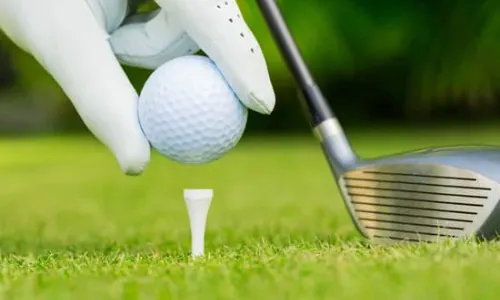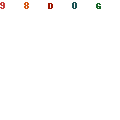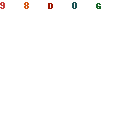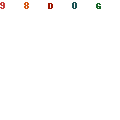The golf ball is a little but essential piece of equipment that is used in golf, a popular sport that is played by millions of people worldwide. Golf balls are expertly crafted to maximize performance and offer the perfect balancing act between distance, control, and durability. Ever ponder how these little spheres are created? In this post, we’ll delve into the intriguing industry of how are golf balls made to learn more about the labor-intensive procedure involved in making these crucial equipment for the game.
Table of Contents
Introduction
Golf balls have advanced significantly since their early days. They have advanced tremendously over time, going from simple, hand-made spheres to cutting-edge, high-performance designs. Golf balls are now designed to provide great distance, spin control, and feel, improving the game as a whole.
The Evolution of Golf Ball Manufacturing
Initial golf balls
- Golf Balls Were First Made of Featherie Balls
- Balls made of gutta-percha are a novel material.
The Introduction of Rubber
- The Dimpled Gutta-Percha Ball
- Modern Golf Balls: The Evolution of Ball Design
Building Using Multiple Layers to Improve Performance
- Modernization of technology Urethane covers and high-speed cores
The Core Components
The Heart of a Golf Ball Is Its Core
- Strong Core Design: Power and Range
- Balancing Distance and Control in Dual Core Construction
Controlling Spin and Flight Using Mantle Layers
- Technologies Mantle Performance Improvement
- Gradual Compression: Custom-Fit Feel

The Manufacturing Process
Compression molding is an alternative manufacturing process for core formation injection molding.
- Adding layers and encasing
- Laying the Foundation: Encapsulating the Mantle and Cover: Creating the Final Ball Structure
Curing and Drying
- Eliminating Moisture Getting the Best Performance
- Enhancing Durability and Resilience Through Curing
Cover Materials and Dimples
Cover Resources
- The most popular cover material is urethane, which offers superior performance and feeling.
Balata: A Classic Material with Special Qualities
- Aerodynamics and Lift Variations in Dimple Patterns, Dimple Design and Pattern

Quality Control and Testing
Detailed Test Procedures
- Hardness and compression
- Impact Resistance and Resilience
- Characteristics of Spin and Launch
Grades for handicap and quality
- Ensuring fairness and consistencs
The Future of Golf Ball Technology
Golf ball producers are continuously coming up with new ideas to push the limits of performance as technology develops. Potential development zones include:
- Core Technology Advances Include Material Innovations
- Enhancements to Aerodynamics
- Sustainability in Manufacturing

Conclusion
Golfers of all skill levels can find a product that matches their needs because to the rigorous workmanship, engineering, and science that go into making golf balls. Golf balls have undergone substantial evolution from the early days of handcrafted featherie balls to the sophisticated multilayer designs of today to increase performance and the whole playing experience.
In conclusion, a deeper appreciation for the workmanship involved in making these small yet crucial pieces of equipment can be gained by knowing the production procedure and the many components of golf balls.

FAQs
Q: How many dimples does a golf ball have?
A: A golf ball can have any number of dimples, but the common range is between 300 and 500.
Q: Are all golf balls the same size?
A: Yes, the particular size and weight standards established by golf’s regulating bodies must be followed by all golf balls.
Q: Can golf ball manufacturing impact performance?
A: Absolutely! The performance properties of a golf ball can be considerably impacted by various manufacturing processes and materials.
Q: Are there eco-friendly golf balls available?
A: Yes, several manufacturers are looking at eco-friendly manufacturing techniques and sustainable materials for golf balls.
Q: How long does it take to manufacture a golf ball?
A: Depending on how sophisticated the design is, the manufacturing procedure can change, but it normally takes several minutes to make a single golf ball.






